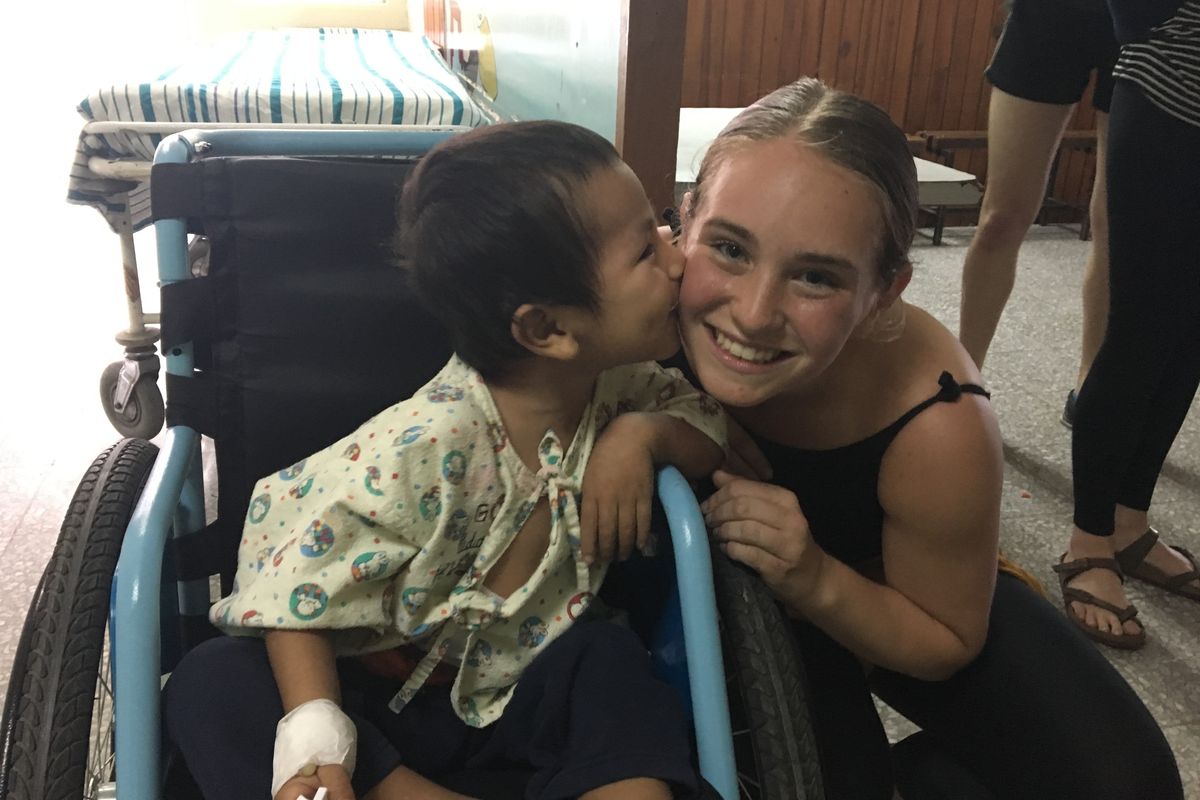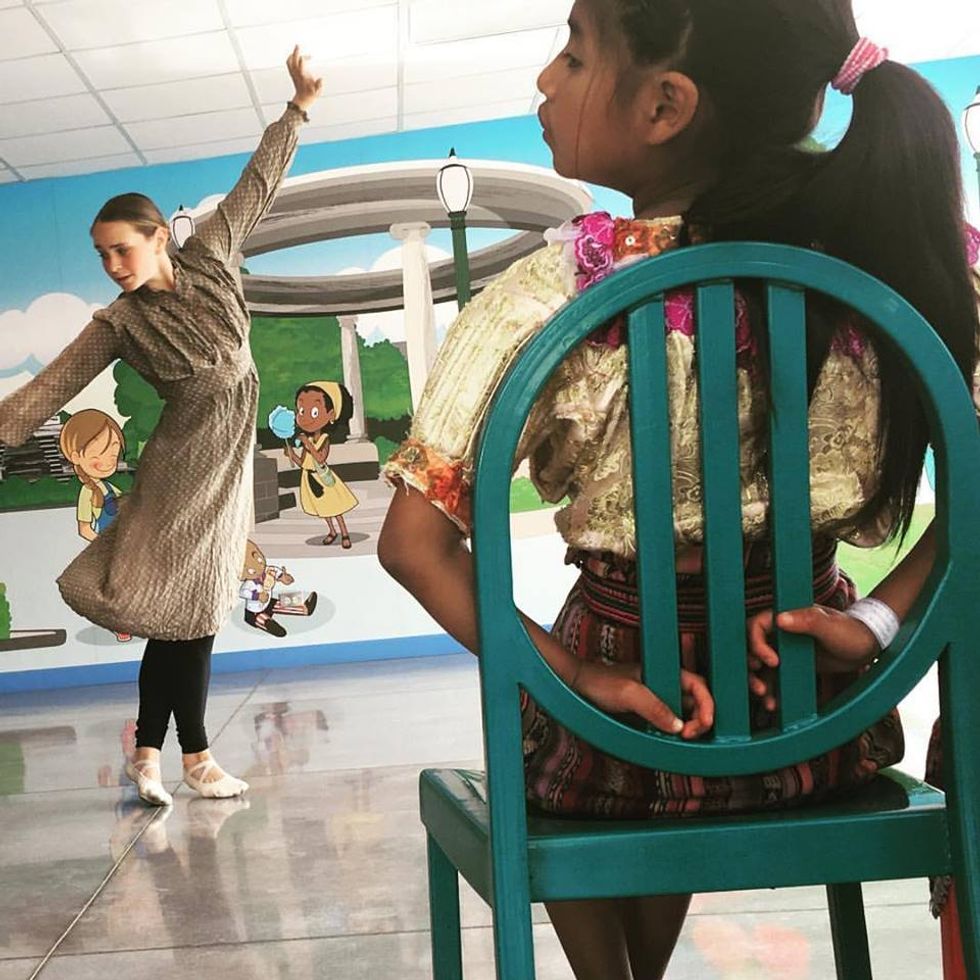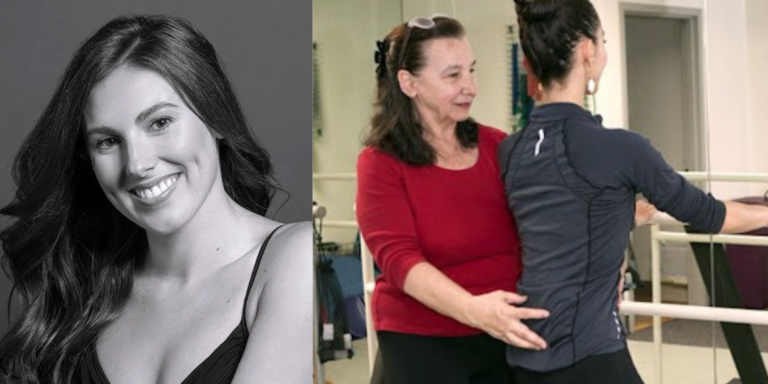
JUNTOS Collective uses dance education to connect with underserved communities in Mexico, Guatemala and Nicaragua. Now in its ninth year, the nonprofit selects students from college dance programs and conservatories to be instructors and performers during annual two-week trips. Locations that JUNTOS visits include orphanages, low-income dance schools, hospitals, retirement homes and centers for HIV-positive children. The organization just returned from Guatemala and will travel to Nicaragua, August 7–20.
“JUNTOS emphasizes the necessity of creating a strong class through adequate planning, strategizing, and effective teaching,” says Eleanor Frechette (Ailey/Fordham ’19), who participated in the program this year. “Throughout the trip, directors Joanna Poz-Molesky and Amy McMurchie give thoughtful notes on your workshop, providing feedback on how to further improve your particular teaching style.”
 Eleanor Frechette dancing during JUNTOS Collective performance. Photo courtesy of JUNTOS Collective
Eleanor Frechette dancing during JUNTOS Collective performance. Photo courtesy of JUNTOS Collective
Along the way, teachers learn to adapt to different challenges they encounter. “On my first trip to Mexico, I was daunted by the task of teaching a class in Spanish,” Frechette says. “Through many mistakes and mix-ups between words, I realized that the people I am teaching are genuinely interested in what I have to share. I find it easier now to ask for help, and to say ‘¿Como se dice?’ whenever I am unsure of vocabulary.” Another approach she learned was just to open her heart in class: “JUNTOS involves an exchange between cultures, not simply teaching dance. Understanding that I have just as much to learn from my students as they do from me helps ease the nerves of mispronouncing a Spanish word.”
 Eleanor Frechette teaching through JUNTOS Collective. Photo courtesy of JUNTOS Collective
Eleanor Frechette teaching through JUNTOS Collective. Photo courtesy of JUNTOS Collective
Other challenges go beyond verbal language barriers. In some settings, Frechette and fellow teachers were advised against physically correcting dancers. On another occasion, they taught hearing-impaired children, but had to work with the fact that sign language in Guatemala is different than in the U.S. “My best strategy for that workshop was to consciously utilize my body to show a combination,” she explains. “After all, you need not know the language to teach a good dance class; dance is the language we communicate with. I also made sure to include tactile combinations that can be easily discerned without words.”
Frechette says that putting herself in new situations and learning adaptability in her teaching style allowed her to grow as a teacher, as well as reap its benefits. “Personally, my biggest reward from teaching is seeing my students light up when dance makes them think a different way,” she says. “We aren’t expecting to save the world, but I do believe that dance can save lives.”



